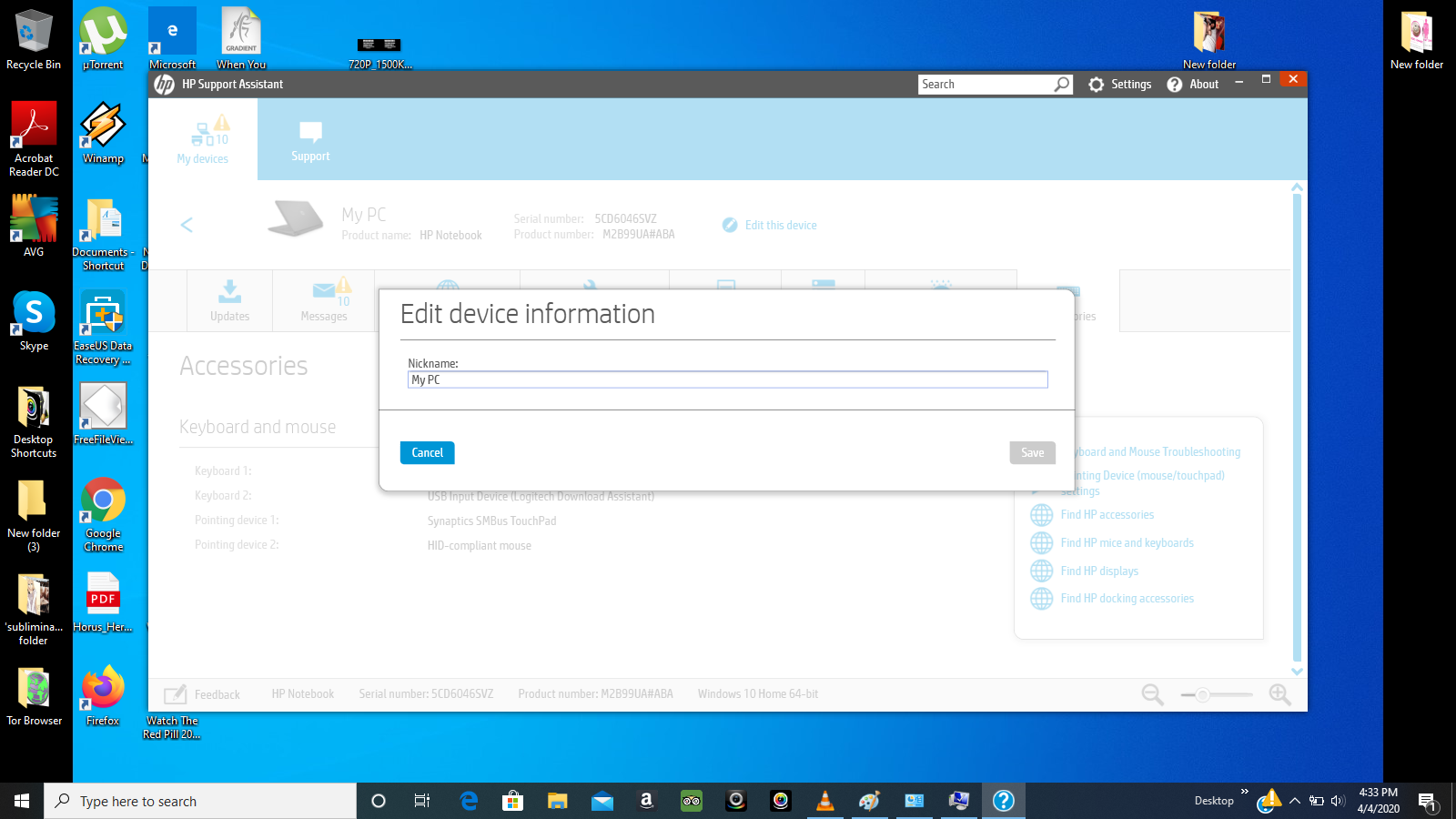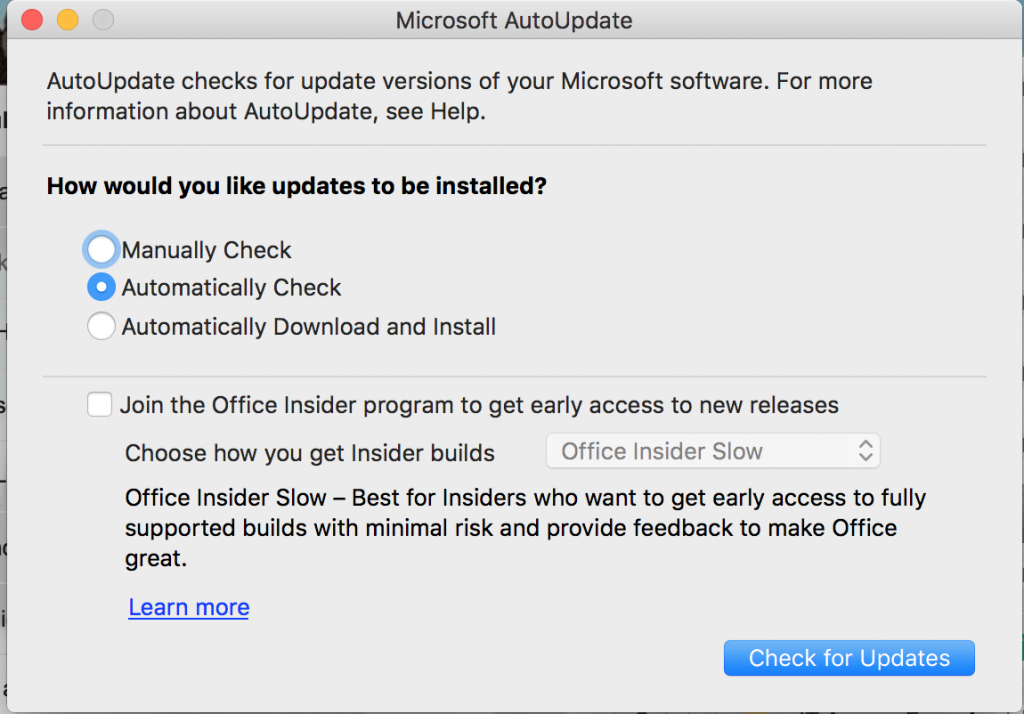
However, assistive technology cannot look at and interpret the finished visual form of a Word document the way a sighted user can to decipher the function or importance of different elements. Many document creators rely solely on visual styling to communicate the intended purpose or function of an element on a page, such as making the title a larger font size and bolded so it will stand out visually to sighted readers. This ensures that users will be able to remove text styling, adjust color contrast, and increase the font size as needed to improve readability.Consult a color checker tool to determine the color contrast.Some individuals with color blindness or low vision may struggle to detect the presence of text at all if contrast is low.High contrast makes text easier to read for everyone.Ensure there is adequate color contrast between the text color and background color.Users should be able to change the color, size, and other features of the text to make it more readable, and images of text are not adjustable.Sans serif fonts like Arial are recommended for greatest readability.Avoid using novelty fonts, such as script.
:max_bytes(150000):strip_icc()/rwi4q9xYWR-ab5c70821a0a47dd894a73d357441d13.png)
.svg/1200px-Microsoft_Office_logo_(2019–present).svg.png)


They will take deliberate practice to integrate into the workflow you have when creating a document. There are a variety of actions you can take to improve accessibility in Word documents, and they are fairly straightforward. To create an accessible Word document, you will need to consider the accessibility of all the information in the document, including elements like the document structure, hyperlinks, lists, and images. Introduction to Word Documents & AccessibilityĪccessibility is fundamentally about making sure people can access the content you create.


 0 kommentar(er)
0 kommentar(er)
